The Sun, the Moon, The dielectric, The Magnetic and Telluric Currents....
Secrets of the Tidal Forces revealed!
We were on the right track with the cathode and diode analogy, but not quite.....
Think of it like this:
Moon = Magnetic
Sun = Dielectric
Moon magnetically compresses the vortex field towards the center (also pulls in the direct opposite side). Perpendicularly to it, 90 degrees offset, this magnetic compression results in an electric repulsion (outward). This electric current (telluric current) that is generated comes from underneath the oceans, from the earth. This current causes the electrolyte solution (the oceans) to be pushed upwards. This is why you see a 90 degree offset for high tides compared to where the moon is, instead of directly below where the moon is.
This is our best, current working THEORY.
### The explanation <(Piezo)>
Just for everyone's understanding, this proposed explanation is seeking to unify the observed behavior of the tides with the electromagnetic nature of the celestial bodies. I wanted to respond in good faith to those who have raised some small criticisms insomuch that they address the directions of the offsets and/or the magnitude of the degrees thereof. This model will likely be tuned and improved as time goes on, and things will likely be adjusted, such as the amount of degrees offset, or perhaps even flipping the axes labeled. This is a very basic explanation of a very complex phenomena, one for which the world's largest supercomputers are commissioned in their attempts to model and simulate, and yet still fall short of satisfactorily explaining, no matter how much globe defenders like to pointedly assert that it's "simple and already figured out."
This is one part of the scientific method, proposing a model whose PHYSICAL MECHANISMS are able to PHENOMENOLOGICALLY account for the things that we observe in reality. That being said, this is indeed a very simplified rendition of the model, and I fully expect it to get better over time. Feel free to adjust the axes, adjust the offsets, etc. The MAIN POINT being that we are delineating the CAUSAL MECHANISMS affecting the tides, NOT simulating the tides in real-time (yet).
So, what do we KNOW we can say, based on observations? Well, for starters, we know that:
1.) Gravity is not a time-dependent variable in the globe model, as it maintains instantaneous action at a distance, yet there is almost always a delay in the effect of the moon's "gravity" on the oceans. This is a phenomenon know as "tidal lag" and it creates an "offset delay" in the tidal bulge creation relative to the moon's position.
![[Pasted image 20250305172015.png]]
2.) A good number of the tidal nodes on earth align with "dead zones" or "inflection points" in the quadrupolar geomagnetic field of earth, or very close to them, in which the magnetic declination inverts or takes sharp turns and creates "loops" in the field line visualization. At these tidal nodes, there are minimal tides (or sometimes even almost zero tides), even though the waters immediately surround them have large tidal magnitudes. Tidal nodes ought not even exist in the globe model, and are simply described as areas where there is a balancing between Earth rotation, moon gravity, and sun gravity. However, even though the moon and sun are always in motion, tidal nodes are said to remain still for thousands or tens of thousands of years.
![[Pasted image 20250305172053.png]]
3.) The motion / position of the moon around the earth modifies the geomagnetic field of the earth.
4.) The strongest high tides are when the moon and sun are 180 degrees offset from each other (full moon), or on the same side. During these times, the lunar tidal phase lag is often between 45-60 degrees.
5.) The weakest high tides are when the moon and sun are perpendicular to each other (90 degrees offset). During these times, the lunar tidal phase lag can reach or even exceed 90 degrees.
6.) The telluric currents of the earth align towards the sun once generated.
7.) The conjunction of the sun and moon in the sky (solar eclipse) produces electromagnetic anomalies unexplainable in the globe model (Allais effect).
8.) Freshwater bodies (non-electrolyte solutions) experience little to no tides (example: Caspian Sea).
So what, then? Remember, falsification is independent of replacement. While we ARE attempting to satisfactorily explain the REAL WORLD tides that are observed daily in terms of causal mechanisms, and operating with limited resources and time compared to people who have been trying to reify the globe with unlimited budget over many centuries, we CAN SAFELY SAY that even after ALL that time, the globe model still remains unable to satisfactorily explain the anomalies present in their explanations for the tides, whereas our propositions actually fill in the GAPS in the current model, and propose mechanisms with sufficient magnitudes to account for these gaps, as well as the general behavior as a whole.
So, in summary, the globe model has MANY problems with their current understanding of the sun and moon as they relate to the tides and to electromagnetic interactions between the two, and this model actually offers explanations for these anomalies. EVEN IF EVERY SINGLE THING about THIS MODEL is not FULLY fleshed out down to the infinite degree yet, IT STILL offers more explanatory power for the aforementioned phenomena/anomalies. Thus, it is incoherent to point out small TUNING NEEDS in our model, while IGNORING LARGE ANOMALIES in the globe model, and hand-wave dismissing ours."


Directly under the moon and across from the moon, the magnetic compression is happening towards the center. This results in low tide across from the moon. It also contributes towards low tide underneath the moon, but the direct presence of the moon above also pulls the water up, and the two balance out, to result in net equilibrium.
Thus, Under moon = equilibrium/null tide. 90 degrees offset to the moon = high tide Across from the moon = low tide As far as electric potential, the telluric currents actually become aligned towards the sun due to the electric potential difference between them and the sun, which is a giant dielectric. So these currents will actually drift slightly towards the sun, which is what is actually observed. So in summary, these are the greatest influences on the positions of the tides and account for most of effect, but the total net effect will also account for lesser influences, such as tidal nodes, oceanic harmonics, the influence of the shape of the continents, and ambient heat / winds.
The magnetic effects are not directly projected onto the surface of the earth, they are projected onto the vortex and the conjugate expressions thereof. The vortex and its effects/countereffects are what are doing work to create the effects on the water. Gravity doesn't model it.
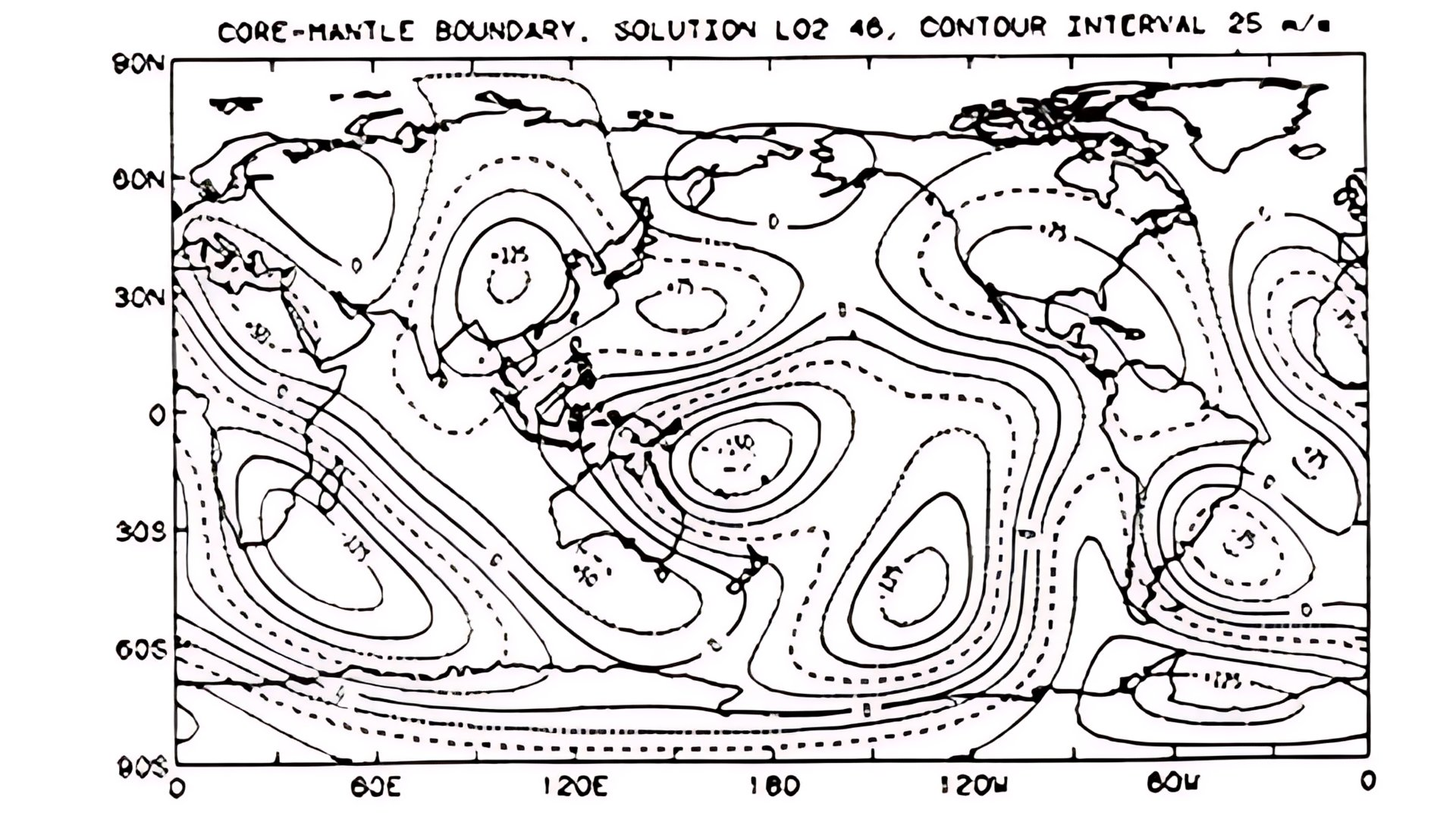
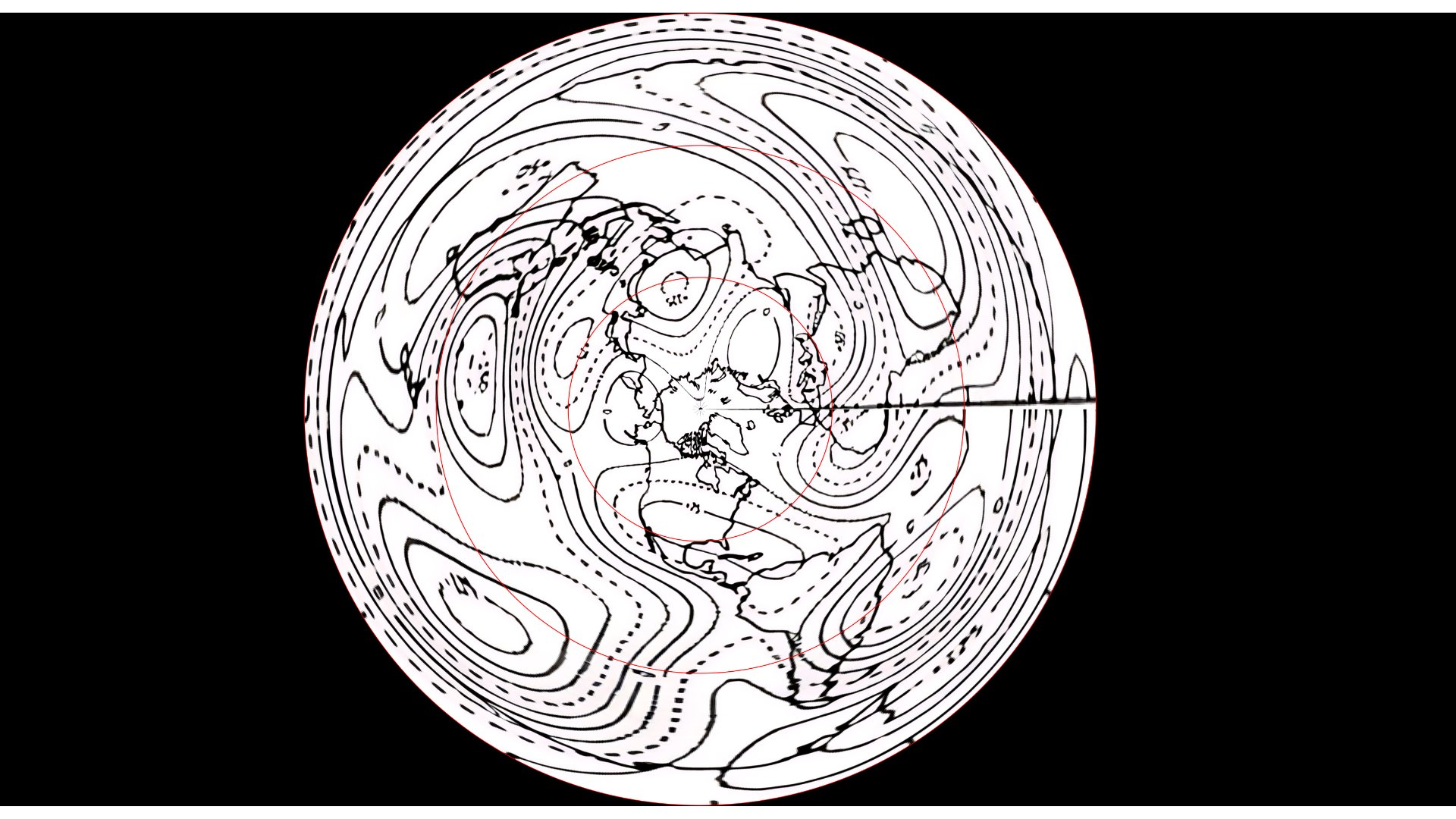
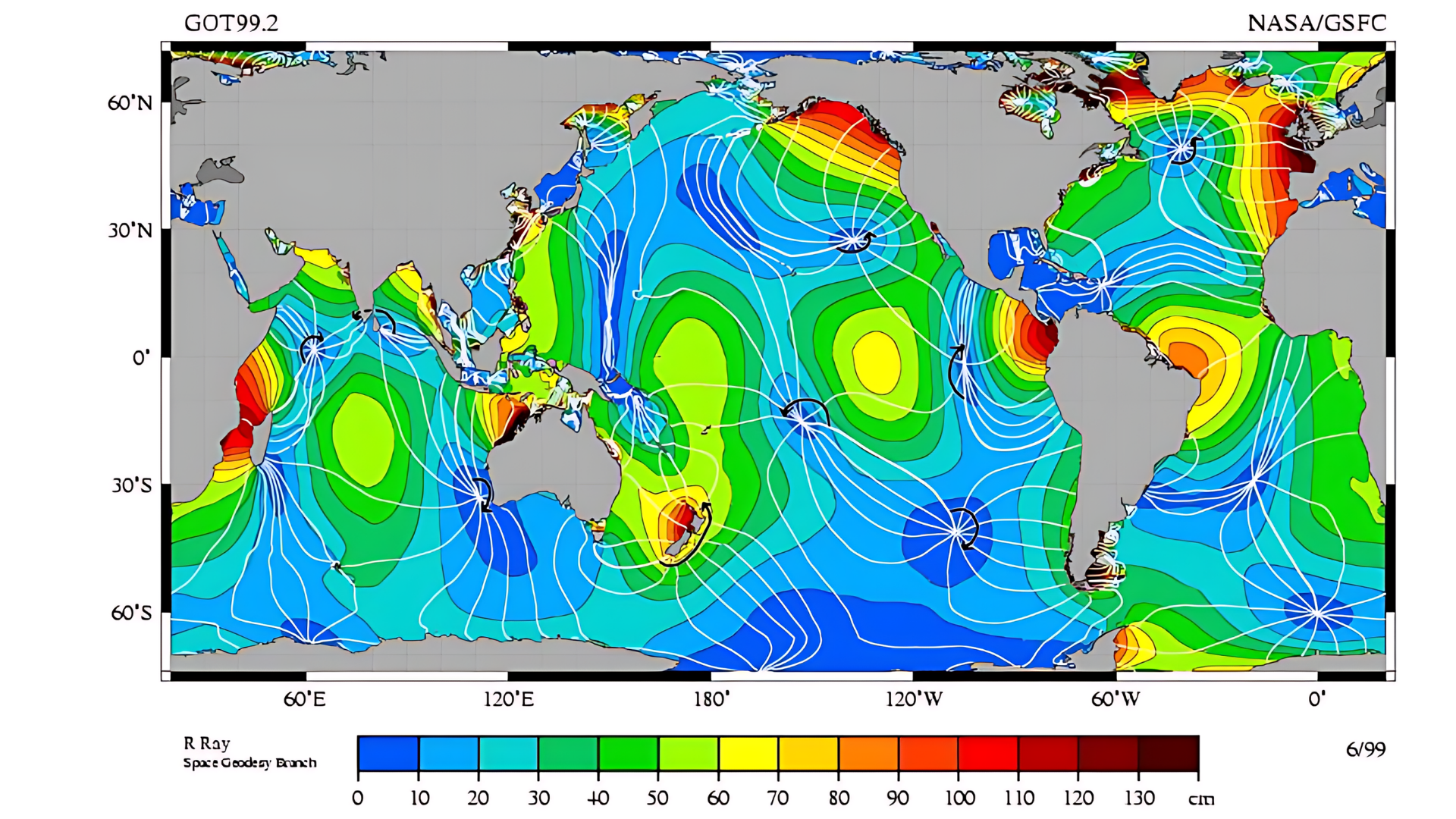
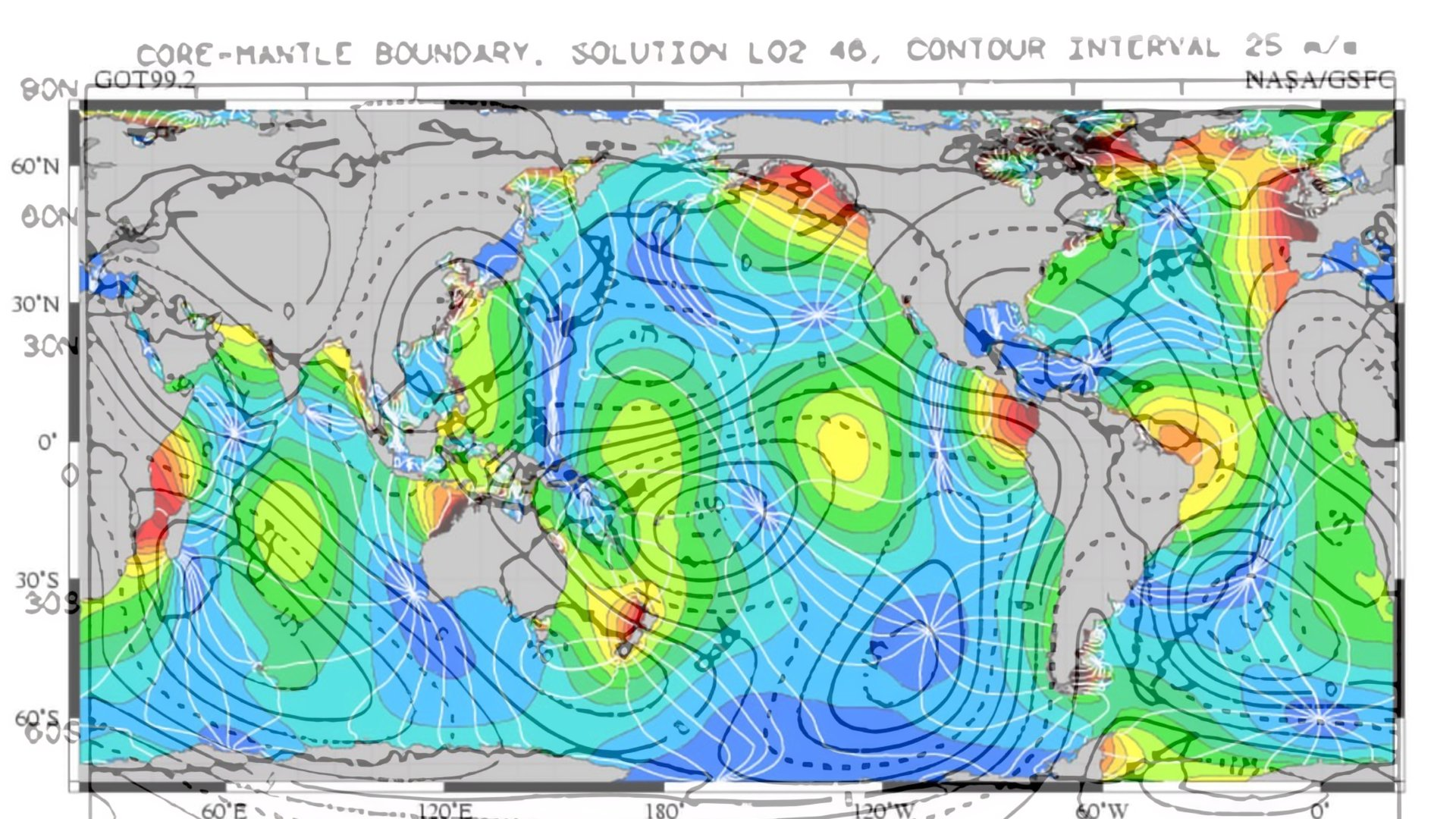
Incorporating the Allais effect as another explainable electromagnetic effect of our Dielectric sun and magnetic moon. The Allais effect is the change of speed or rotation of the plane of oscillation of a pendulum during a solar eclipse. This effect is also referred to as a change in the period of oscillation of the pendulum during an eclipse.
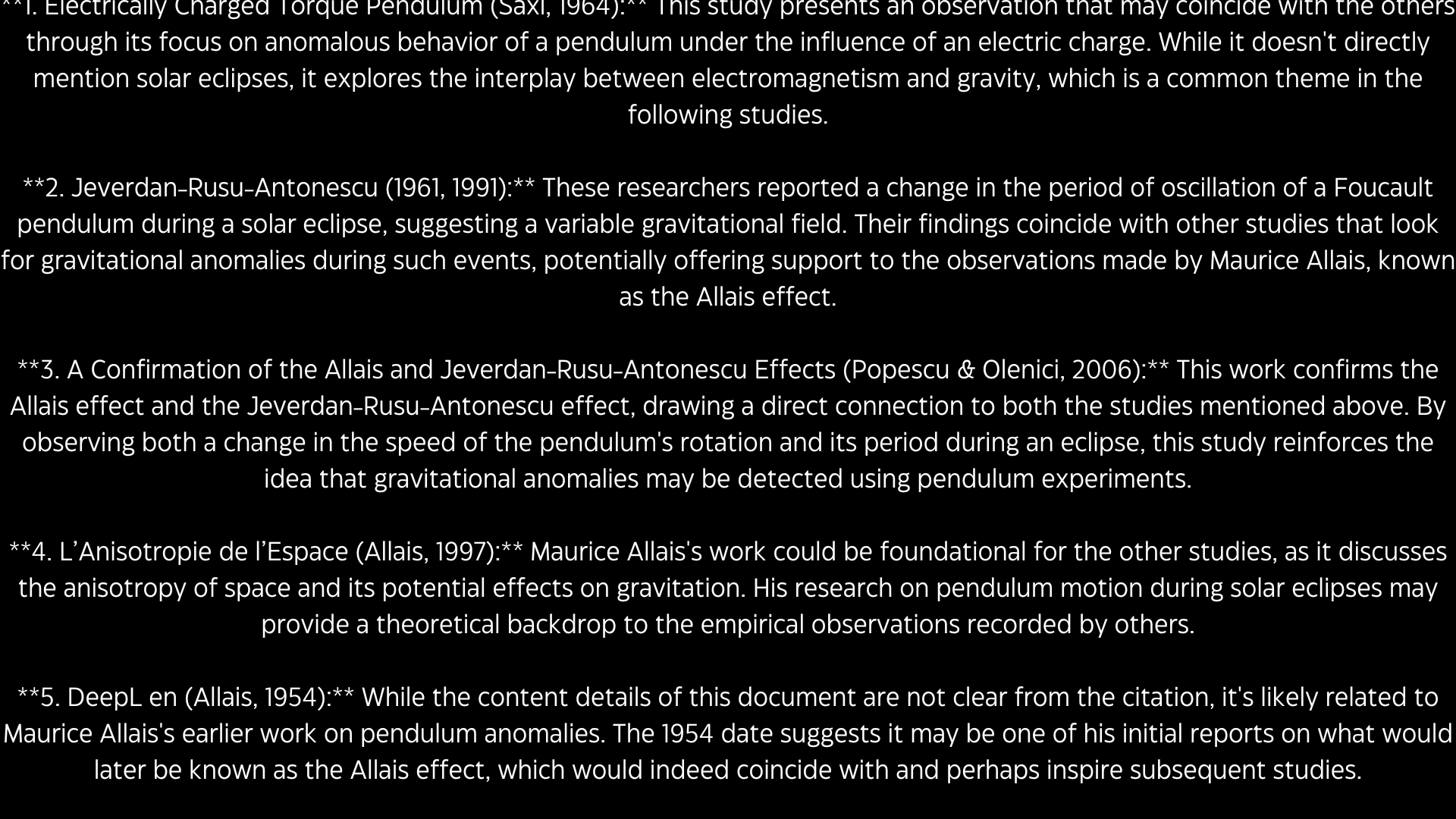
This has been corroborated, contrary to popular bullshit.
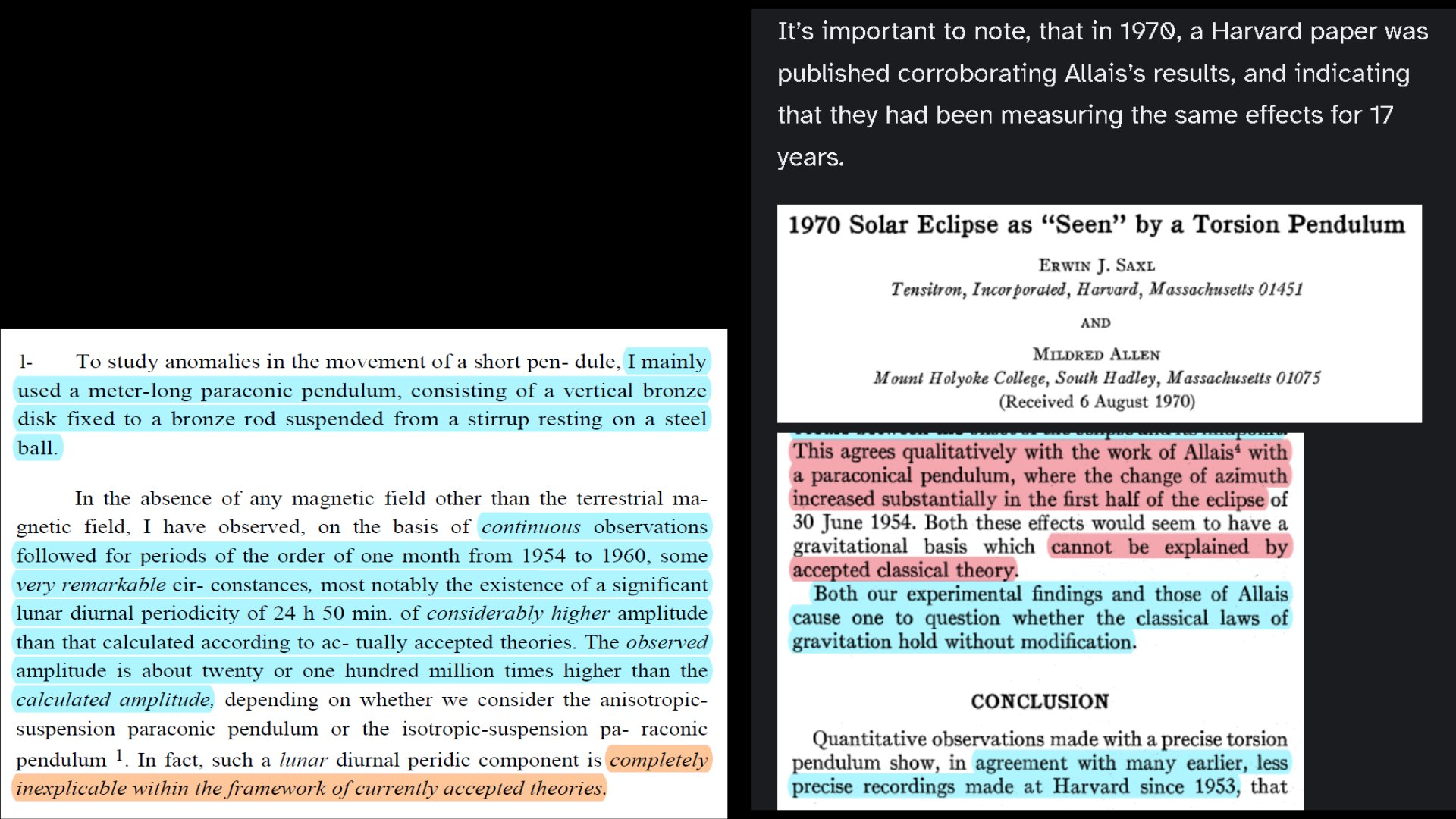
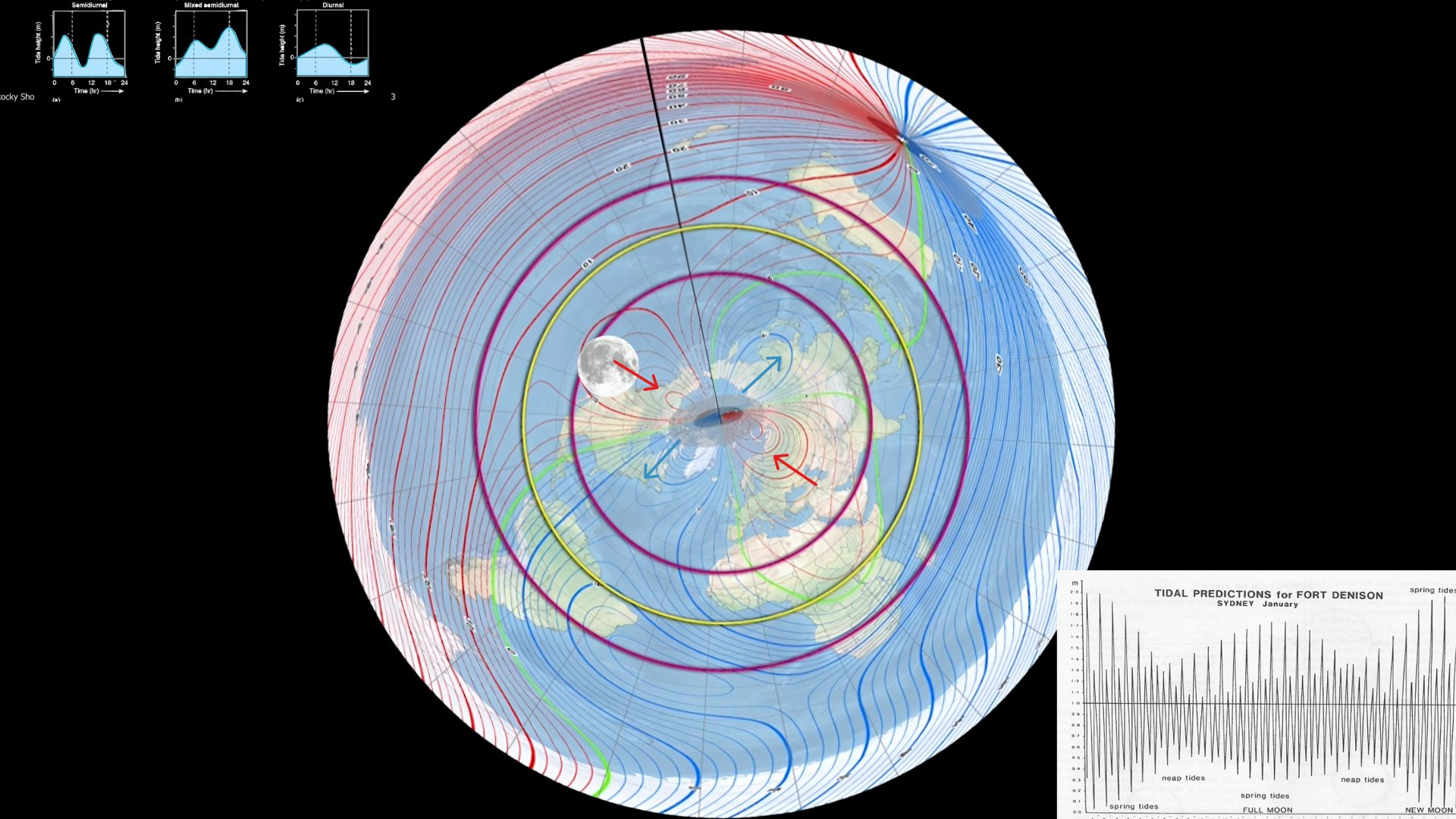

More on telluric Currents
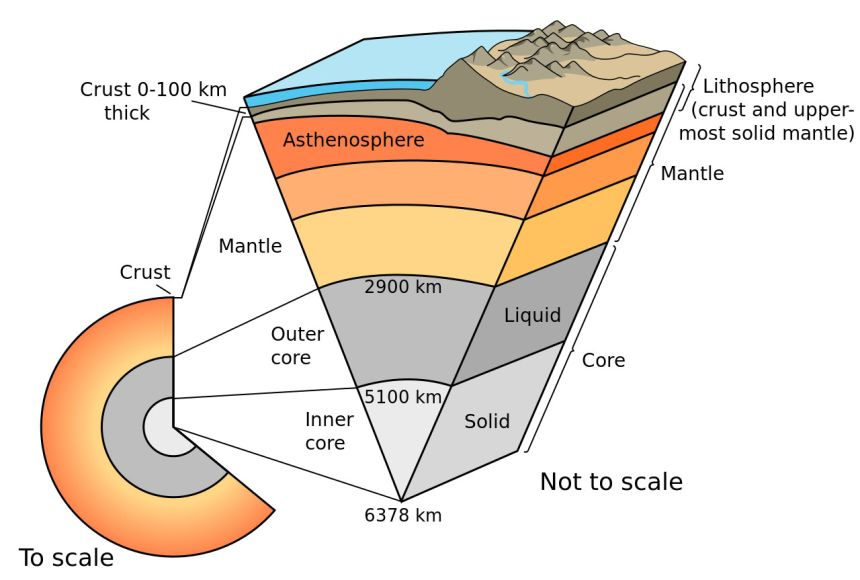
Several phenomena that can generate telluric currents have been described in scientific specializations whose members may not communicate with each other regularly. The study of this topic is both intriguing and challenging: Electrical signals do not carry much of a marker to indicate how they are generated, beyond magnitude, frequency, and polarization. Attenuation and new phenomena caused by transmission complicate signal characteristics. A wide range of possible applications for telluric data exists in different fields (seismology, hydrology, mineral prospecting, geothermal prospecting, planetary science, etc.)
For example, seismic electric signals may occur in a period leading to increased seismic risk, and understanding the causes of purported seismic electric signals is critical to characterizing any extant mechanism related to electricity and earthquake phenomena [Varotsos et al. 2011]. As another example, dissolved ions in groundwater increase rock conductivity, and the motion of the groundwater itself creates an electrical signal [Corwin and Hoover 1979]. This text is a brief selection of research in the subject, meant to be a resource for further study. Along with artificial signals, Earth electrical phenomena are summarized in Table 1, and Table 2 lists telluric currents by frequency, magnitude and signal duration. Thirty-two causes of Earth electricity are described in the text that follows. Telluric currents were originally defined as natural electric currents passing through the Earth’s soil or rock layers or bodies of water, as opposed to its atmosphere. Artificial currents were not included. For the purposes of this paper, any electric current in a planet or on it may be classed as a telluric current.
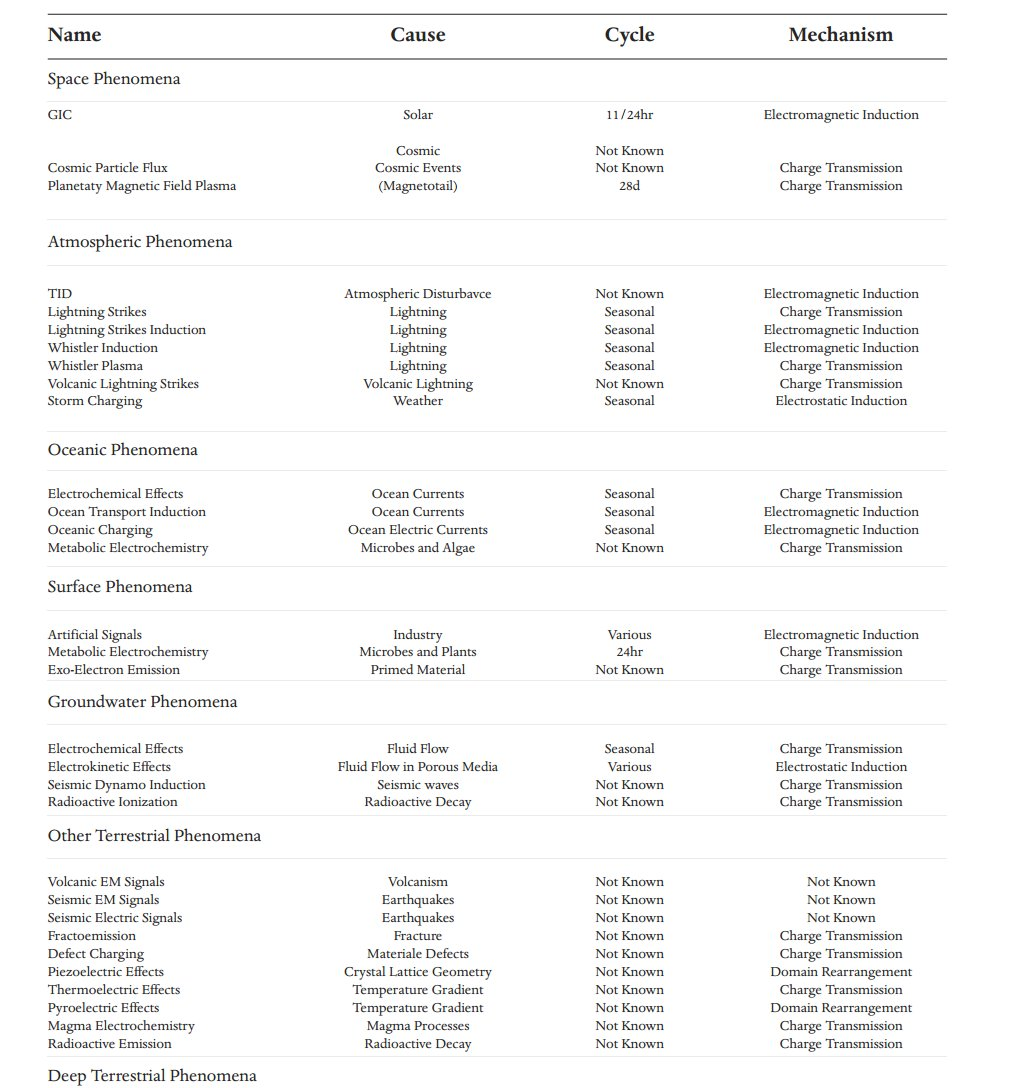
In the oceans, different layers of water will be stratified by temperature and salinity, and each influences density. Both of these gradients influence electrical conductivity, and create variations in electric currents in the oceans [Chave and Luther 1990]. The signals are low-frequency (30 kHz to 300 kHz) or lower, typically. Voltages from temperature and salinity variations in the ocean are less than a few mV (silver/silver-chloride electrodes were used) and the differences in salinity and temperature were less than a few parts per thousand and a few degrees Celsius, respectively, between electrodes [Larsen 1992]. The electrode material affects the observed voltage. Internal waves (within the stratified ocean) are measurable electrically in their vertical component as gradients are crossed [Chave 1984]. EARTH ELECTRICITY: A REVIEW OF MECHANISMS4.2. Ocean transport induction Electrical induction in the oceans occurs by three processes: transport of seawater across the geomagnetic field (treated in this subsection); the influence of GIC on saltwater, a conductor (treated in the subsections above dealing with GIC and TID); and variations in sea water due to variations in salinity and temperature (treated above.) Bulk water transport was first measured electrically by Faraday in 1832, at the Waterloo Bridge with electrodes placed in the Thames River, but sunspot activity (unfortunately) masked the periodic influence of the Gulf Stream [Larsen 1992]. Induced voltage due to transport of saline water has been observed successfully, with a magnitude on the order of 25 mV per kilometer, measured on a cable fitted with electrodes in the Straits of Florida [Larsen 1992]. The GIC (with peaks up to about 50 mV km-1 but with typical values of 10 to 20 mV km-1) had been subtracted out of the data by hand. The voltages occur at frequencies from 10-3.8 to 10-7.0 Hz and are incomplete, and tidal variation and other outliers create peaks around 10-5 Hz.



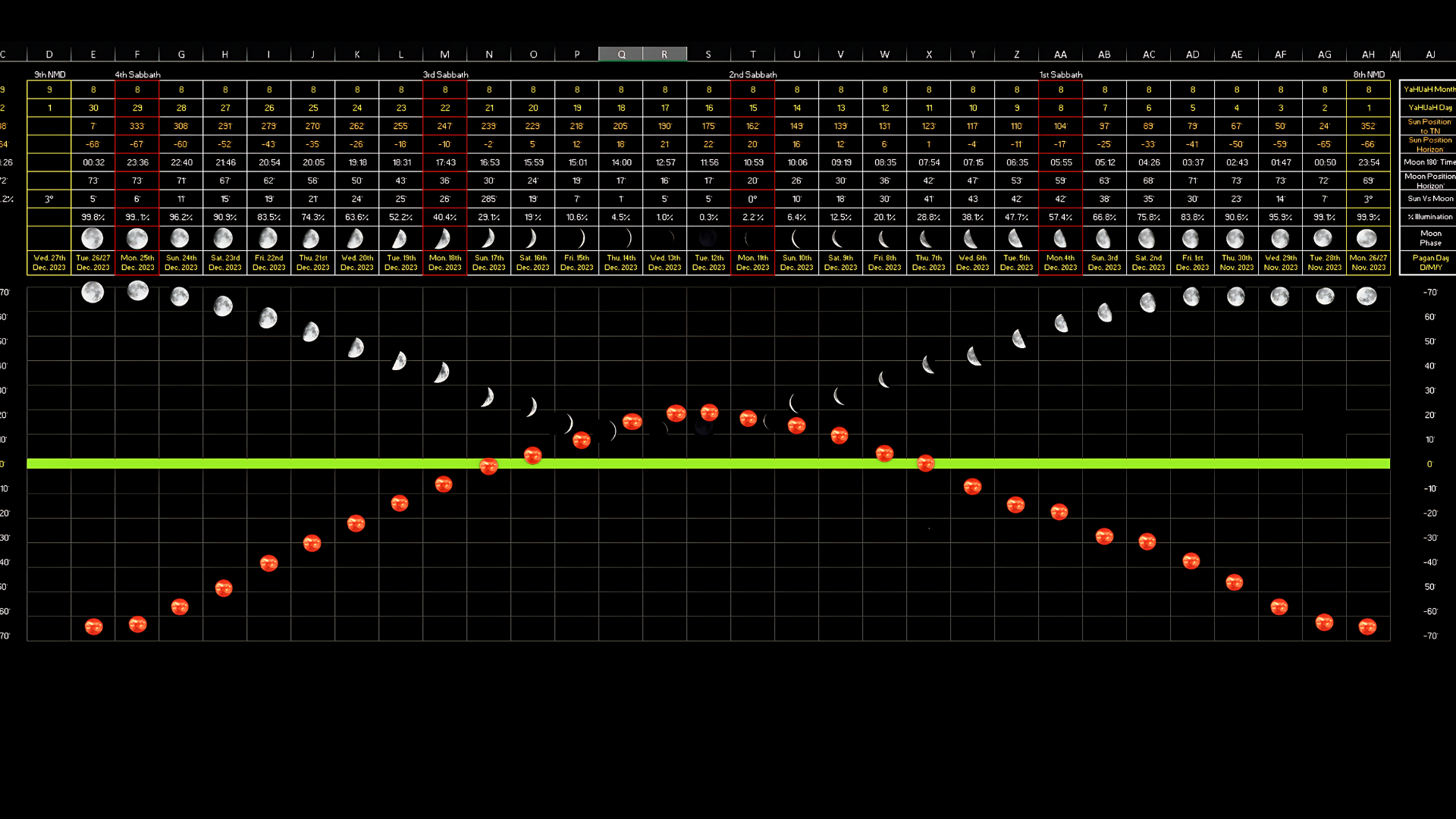
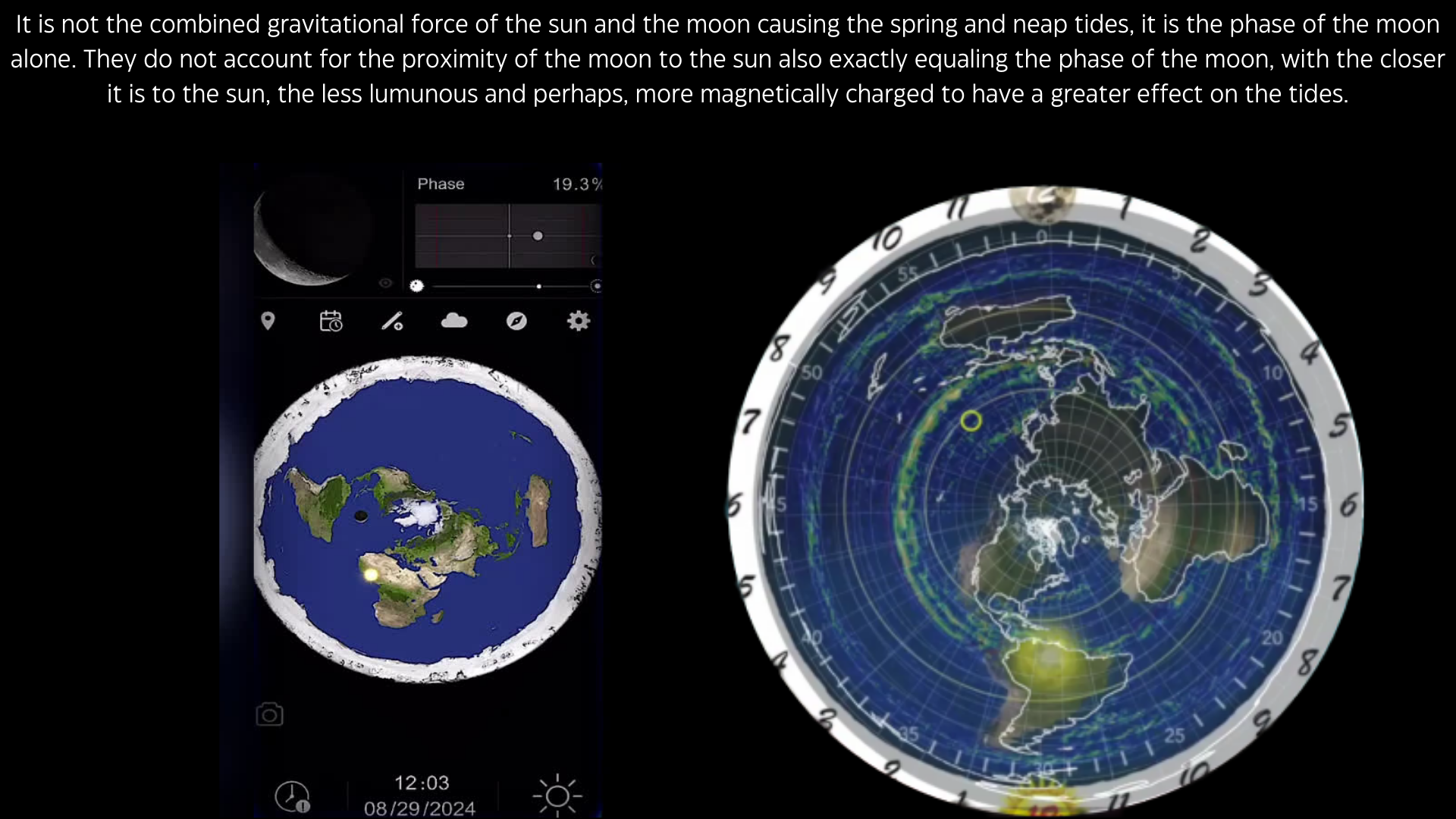
The attached image and text appear to discuss a speculative theory that attempts to explain tidal forces and electromagnetic phenomena by proposing a model where the Sun acts as a "dielectric" and the Moon as "magnetic." Below is a summary and explanation of the key points in this theory:
## **Summary of the Theory**
1. **Sun as a Dielectric:**
- The theory suggests that the Sun functions as a dielectric, meaning it acts as an electrically insulating body that influences electric fields.
- This dielectric property supposedly interacts with Earth's telluric currents (natural electric currents flowing through Earth) and aligns them toward the Sun due to electric potential differences.
2. **Moon as Magnetic:**
- The Moon is proposed to have magnetic properties that compress vortex fields, influencing tidal forces on Earth.
- The magnetic compression is said to create low tides directly under and opposite the Moon, while high tides occur 90 degrees offset due to electric repulsion.
3. **Electromagnetic Tidal Model:**
- The theory claims that tides are not purely gravitational but are influenced by electromagnetic interactions between the Sun, Moon, and Earth.
- Telluric currents (electric currents in Earth's crust and oceans) are affected by these interactions, contributing to tidal behavior.
4. **Tidal Anomalies Explained:**
- The model attempts to explain phenomena like tidal lag (the delay in high tide relative to the Moon's position), tidal nodes (areas with minimal tides), and why freshwater bodies experience little to no tides.
- It also incorporates the Allais effect, an observed anomaly during solar eclipses where pendulums behave unusually, suggesting electromagnetic influences.
5. **Critique of the Globe Model:**
- The text criticizes the traditional gravitational explanation for tides, claiming it cannot fully account for observed anomalies.
- It argues that this alternative electromagnetic model offers more explanatory power, even if it is still being refined.
## **Key Concepts and Observations**
- **Telluric Currents:** Natural electric currents in Earth's crust and oceans, influenced by factors like salinity, temperature gradients, and electromagnetic fields.
- **Allais Effect:** A phenomenon where pendulums exhibit changes in oscillation during solar eclipses, possibly linked to electromagnetic effects.
- **Tidal Lag:** The delay between the Moon's position and the peak of high tide, which this theory attributes to electromagnetic interactions rather than gravity alone.
## **Critique of the Theory**
While intriguing, this theory is speculative and lacks empirical evidence to replace the well-established gravitational model of tides. Key issues include:
- The Sun is not a dielectric in any conventional sense—it is a plasma composed of charged particles, making it highly conductive rather than insulating.
- The Moon's magnetic field is extremely weak compared to Earth's; it is unlikely to have significant effects on tides.
- Established science explains tides primarily through gravitational interactions between Earth, the Moon, and the Sun. Electromagnetic effects may play minor roles but are not dominant forces.